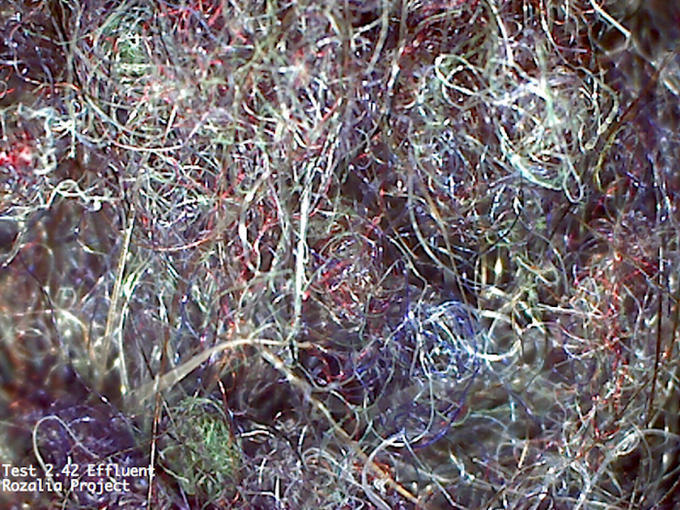Clients with Sensitive skin?
The study of the skin's microbiome is revealing fascinating new information. Research that may allow manufacturers to create targeted products that make a difference.
Most of us are seeing more and more clients with sensitive skin. Redness, dryness, breakouts, irritation and increased reactions to products. The skin's microbiome may be the answer.
So what is the skin's microbiome? The top layer of the skin, the stratum corneum is our barrier of defense. It has the job of keeping the outside world out, and our inside system protected. When we wound it... burns, cuts, abrasions, harsh chemicals, over-exfoliation), we run the risk of an infection. But the "why" is a little more complex.
The surface of the skin doesn't exist in a vacuum. Research shows it's covered with several hundred various microorganisms. These include bacteria, yeasts, fungi. Some of these are healthy, some are disruptive if given the opportunity. They share space with fatty acids, moisture levels, temperature levels and genetic material. What is there, depends on the body area.
They call these microorganisms environmental species. When they live harmoniously with each other and cooperate with our skin functions... the skin is healthy.
Healthy skin works well. It has good autoimmune defenses. It repairs itself. We see and feel smooth texture, good hydration and proper skin turnover.
Scientific studies reveal when there is an imbalance... the function of the microbiome goes haywire. An excess of one of the organisms can trigger this. Or there could be an invasion by a bad bacteria. Weather changes or moving to a different part of the country can disrupt it.
Internal factors like aging, hormonal changes, diet or stress disrupt it. The result...acne, dry skin, redness, irritations, and sensitivites.
No two people have identical skin microbiomes. Just like fingerprints and DNA, we are all unique. There is no microbiome necessary in the womb. It starts development at birth. Research has shown that even "how" you are born makes a difference. It makes a difference whether you are a normal vaginal delivery or a C-section. This sets up your microbiome for life both internally and externally.
The new findings mean it may be possible to affect the skin's microbiome. We'll read about technologies to influence skin health and keep the microbiome balanced. Digital skin evaluation tools are constantly evolving. Used together this could lead to customized topical products.
It's an exciting time. And the beauty therapy industry is aligned to be at the epicenter of these changes. Watch for new products designed to protect and care for the skin's microbiome. We'll guide clients to healthier skin and they'll love us for it.
Want to read the nitty-gritty scientific details? Visit this government health website: https://www.ncbi.nlm.nih.gov/pmc/articles/PMC3535073/



